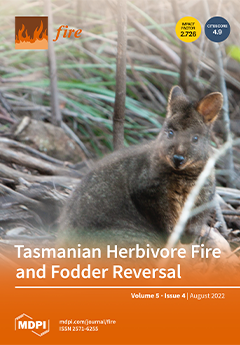Electrical apparatuses are prone to faults, which generally causes fires. During such fires, the identification of resolidified copper beads on wires has a strong influence on the direction of the fire investigation. There are four kinds of resolidified beads formed on copper conductors that have been through the fire with and without voltage, namely, ‘cause’ beads (CB), ‘victim’ beads (VB), overload globules (OG), and fire melting globules (FG). First, to improve the identification’s objectivity and quantifiability, we used various morphologic parameters of crystals and porosities to express metallurgical microcharacteristics, such as Ar-G, As-G, An-G, Dm-G, R-G, FD-G, Fm-G, Ar-G, As-P, An-P, Dm-P, R-P, FD-P, Fm-P, P3-P, and Cu
2O. Then, several machine learning classifiers were developed to predict the melted beads based on metallurgical morphologic parameters by using SVM, BP neutral network (BPNN), AdaBoost, bagging, and random forest (RF), respectively. Models were trained and tested based on the sample set, consisting of 560 samples which were collected from real room fires. ACC/F1 of the RF model were 0.894/0.805, respectively, which are superior to SVM, BPNN, AdaBoost, and bagging. For the RF classifier, the recall rates of CB, VB, OG, and FG were 92.5%, 67.5%, 100%, and 97.5%, respectively, indicating that RF has best potential to predict OG and FG. The variable importance was analyzed to distinguish key features, and the results revealed that Cu
2O has highest impact on bead classification. We cannot find much promise with this method that uses multiple metallurgical and morphological parameters for distinguishing between CB and VB. It is confirmed that no machine learning classifiers combined with metallurgical analysis could do this work well in this paper. Thus, we strongly recommend that other evidence for investigation in the room fire should also be considered to cover the shortage of this kind.
Full article





